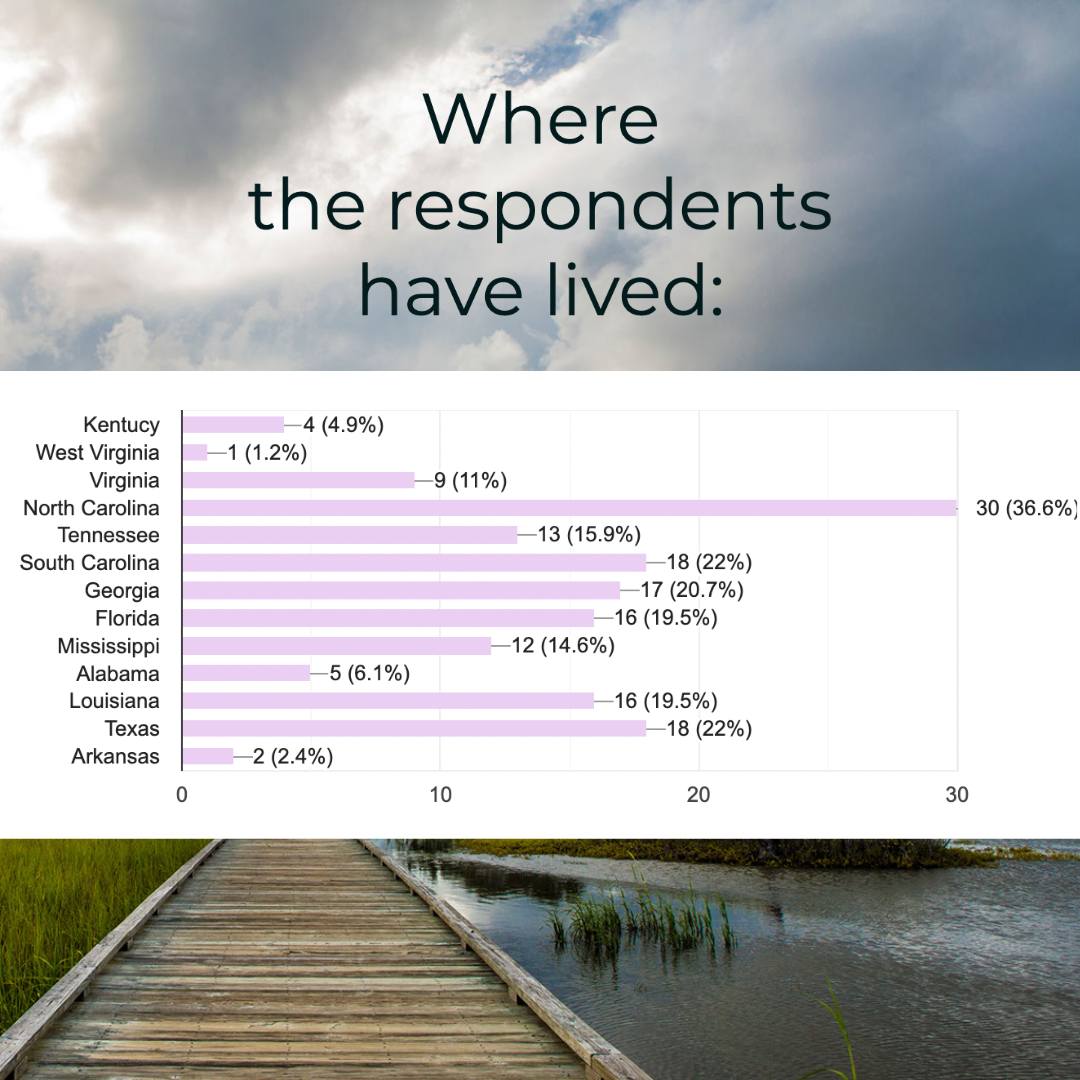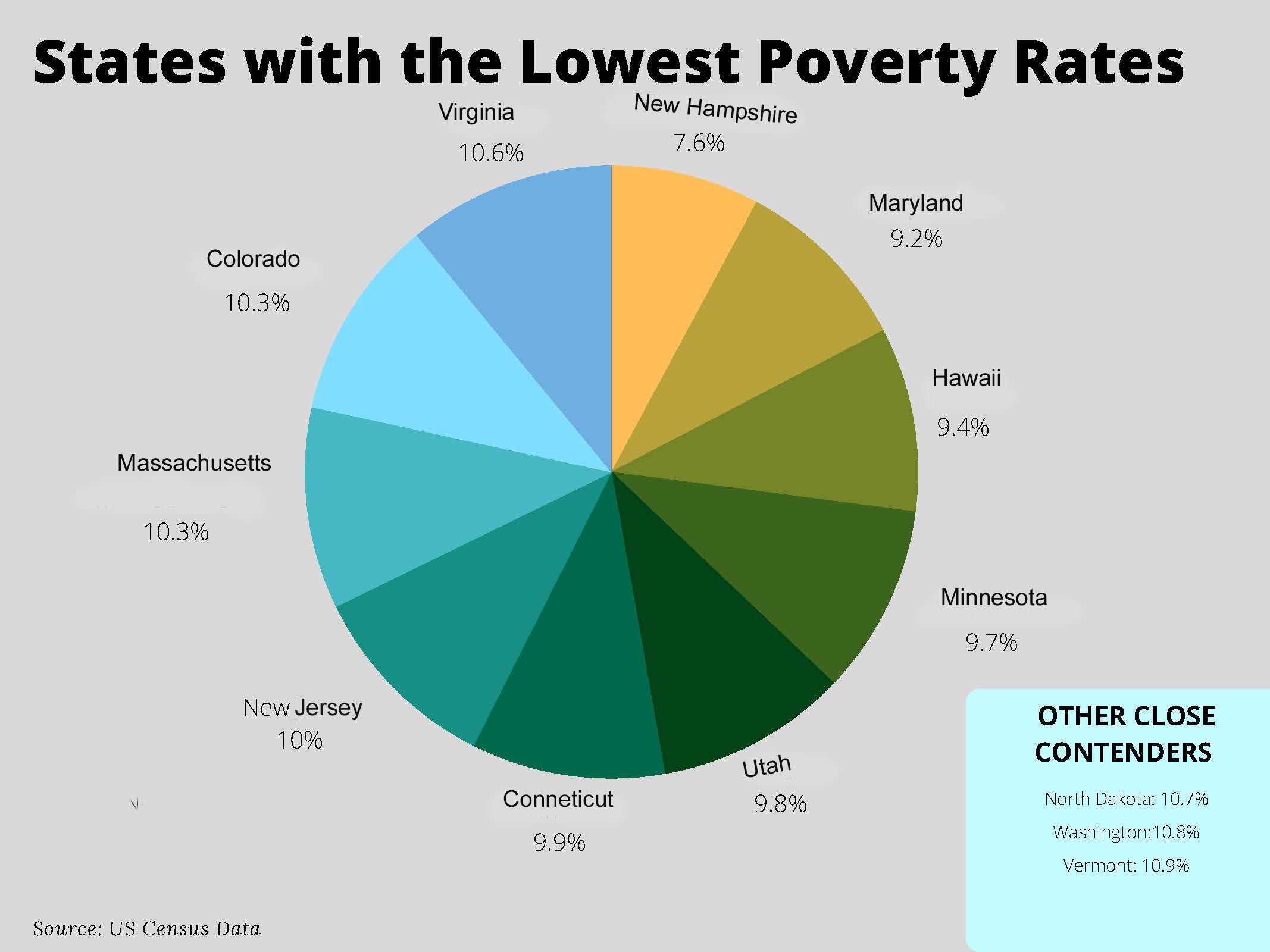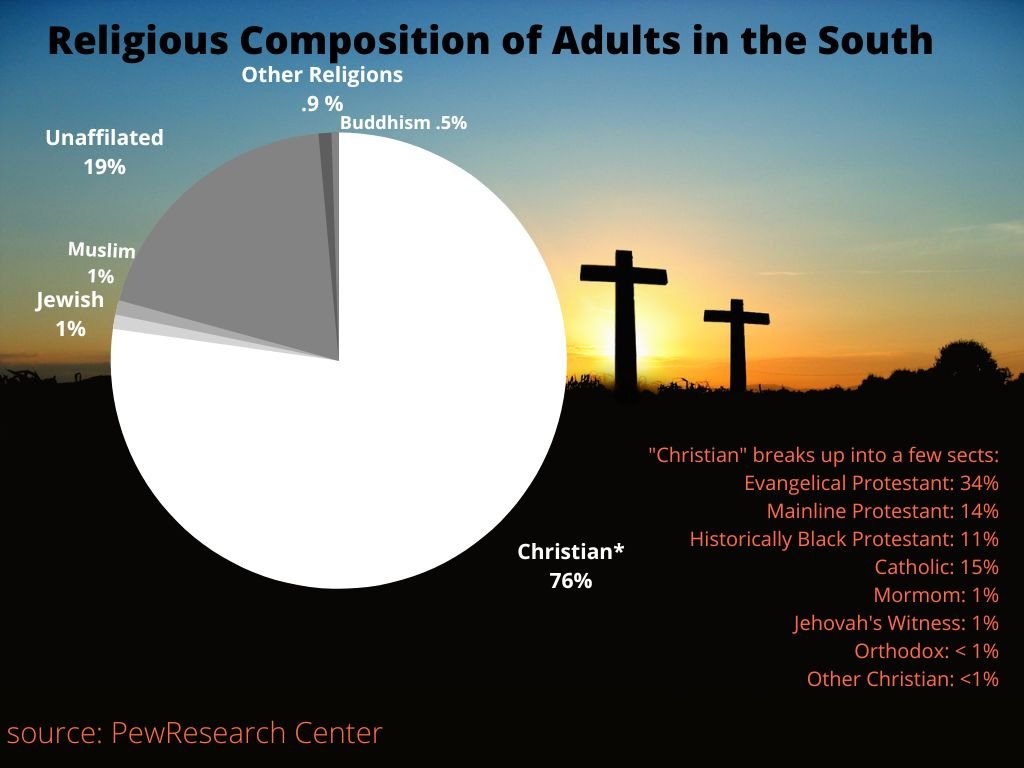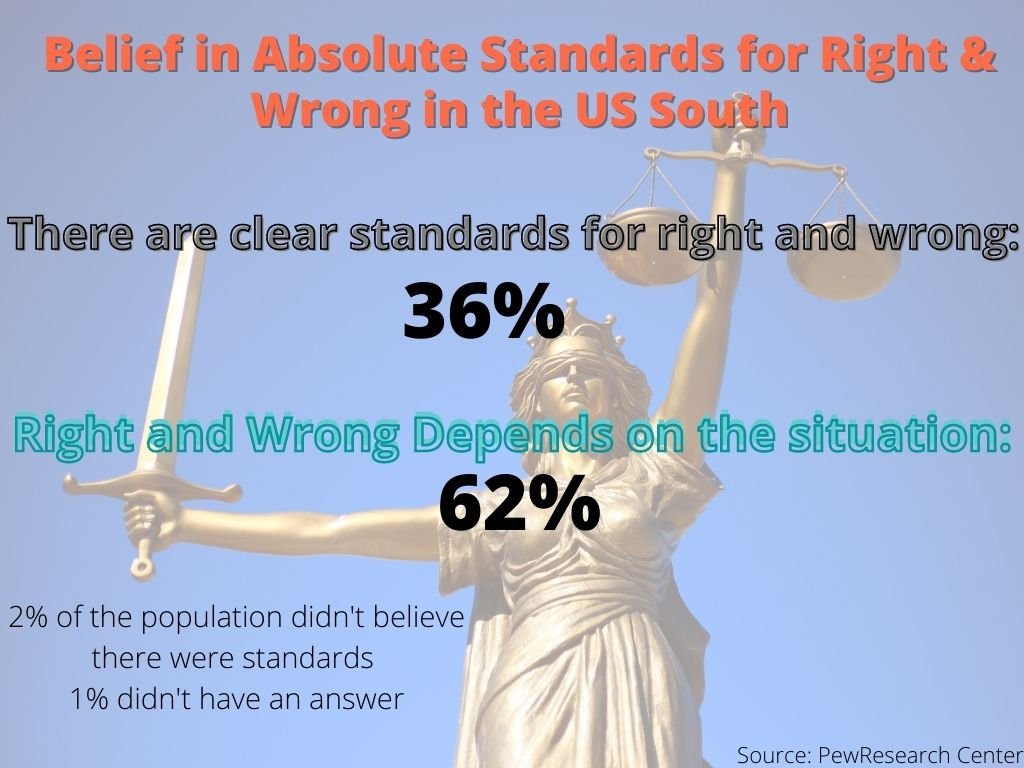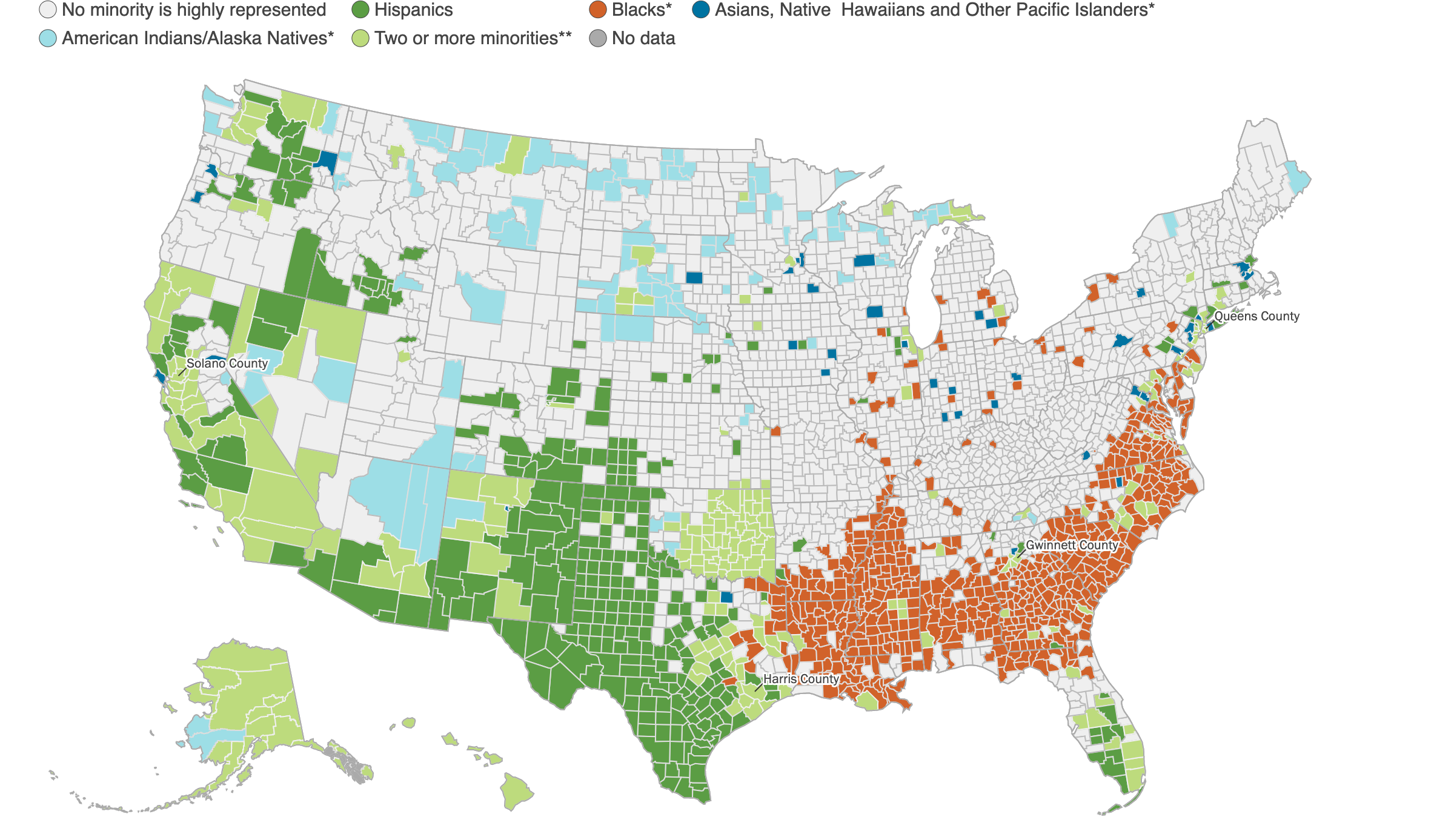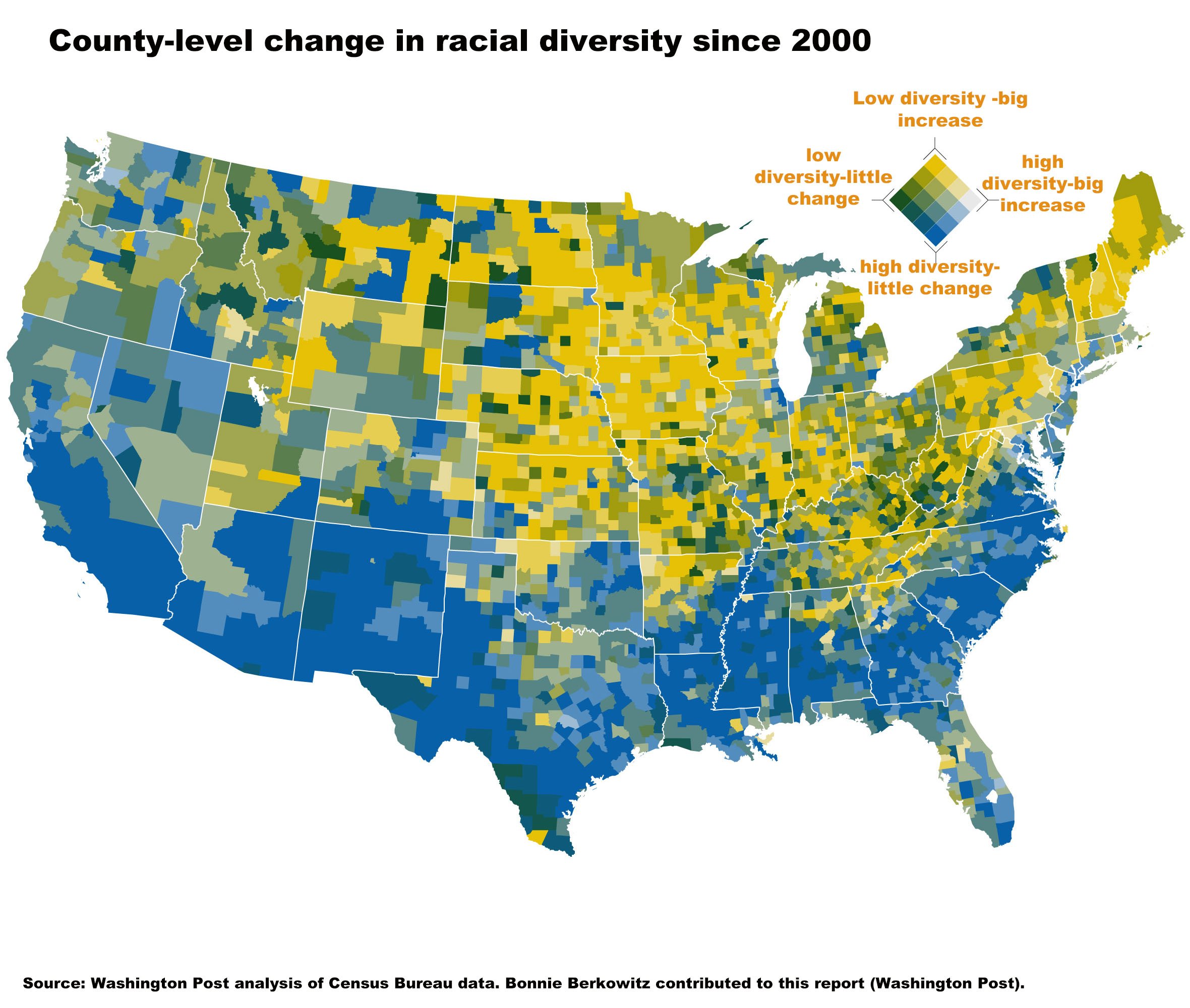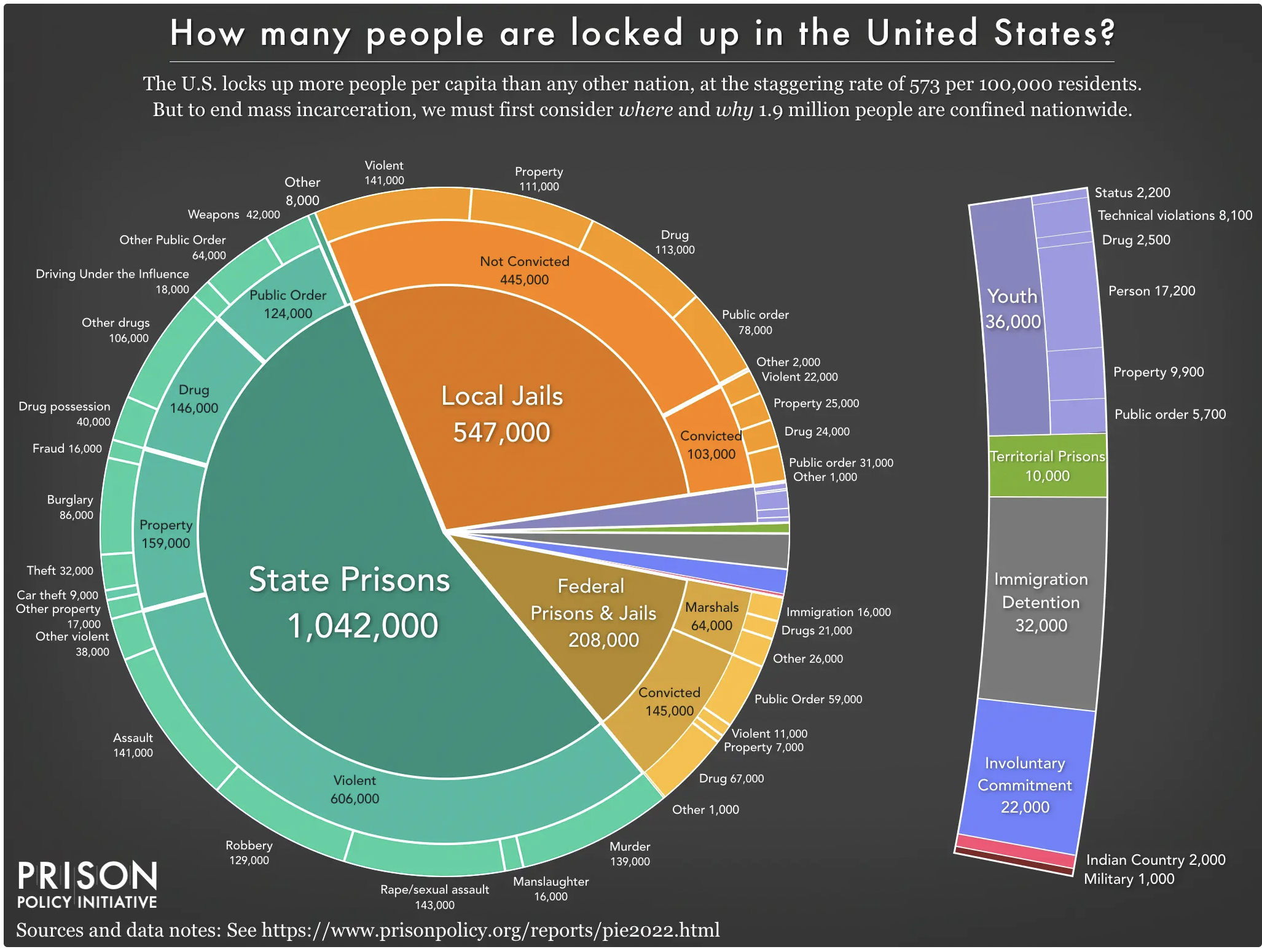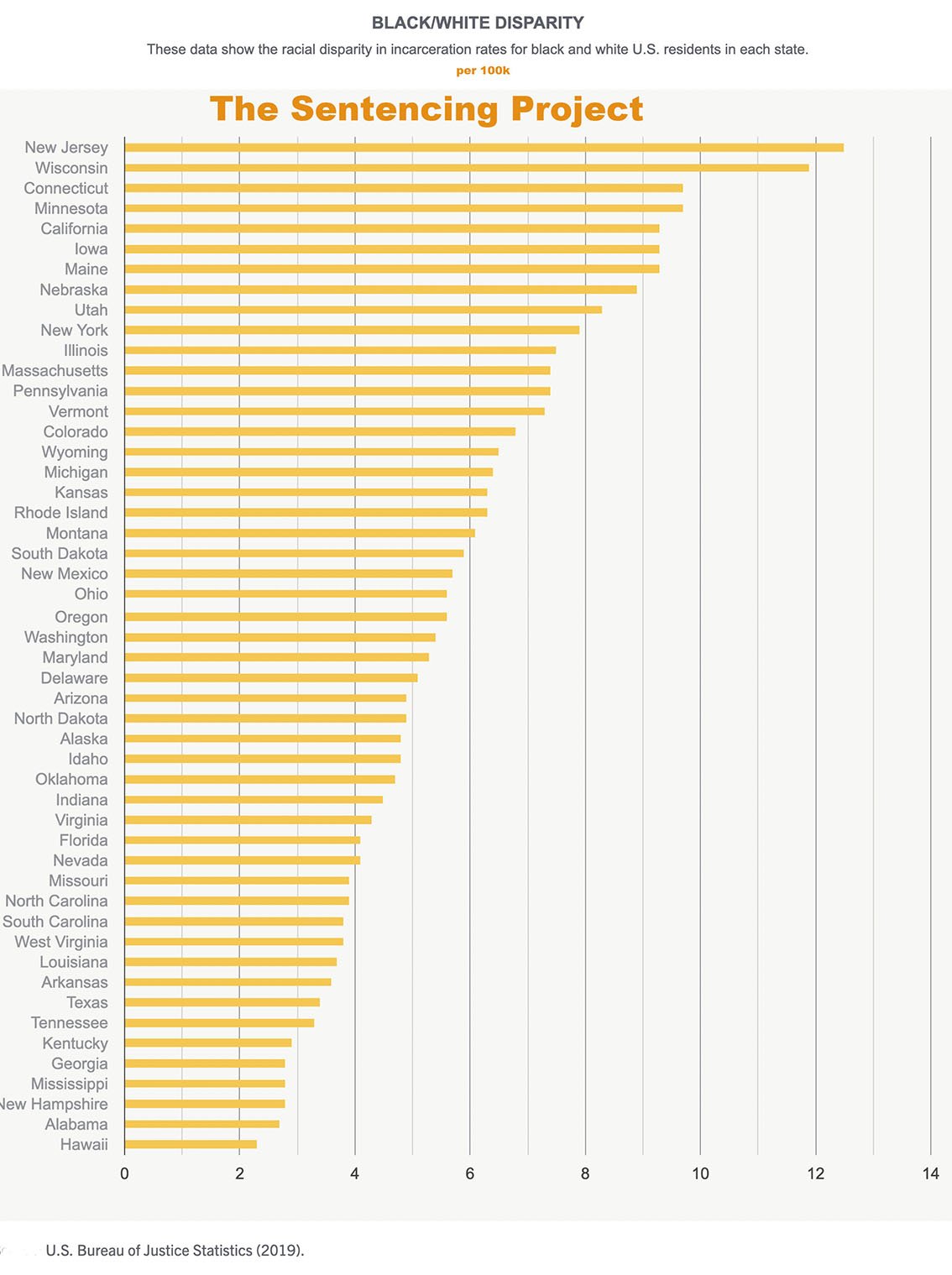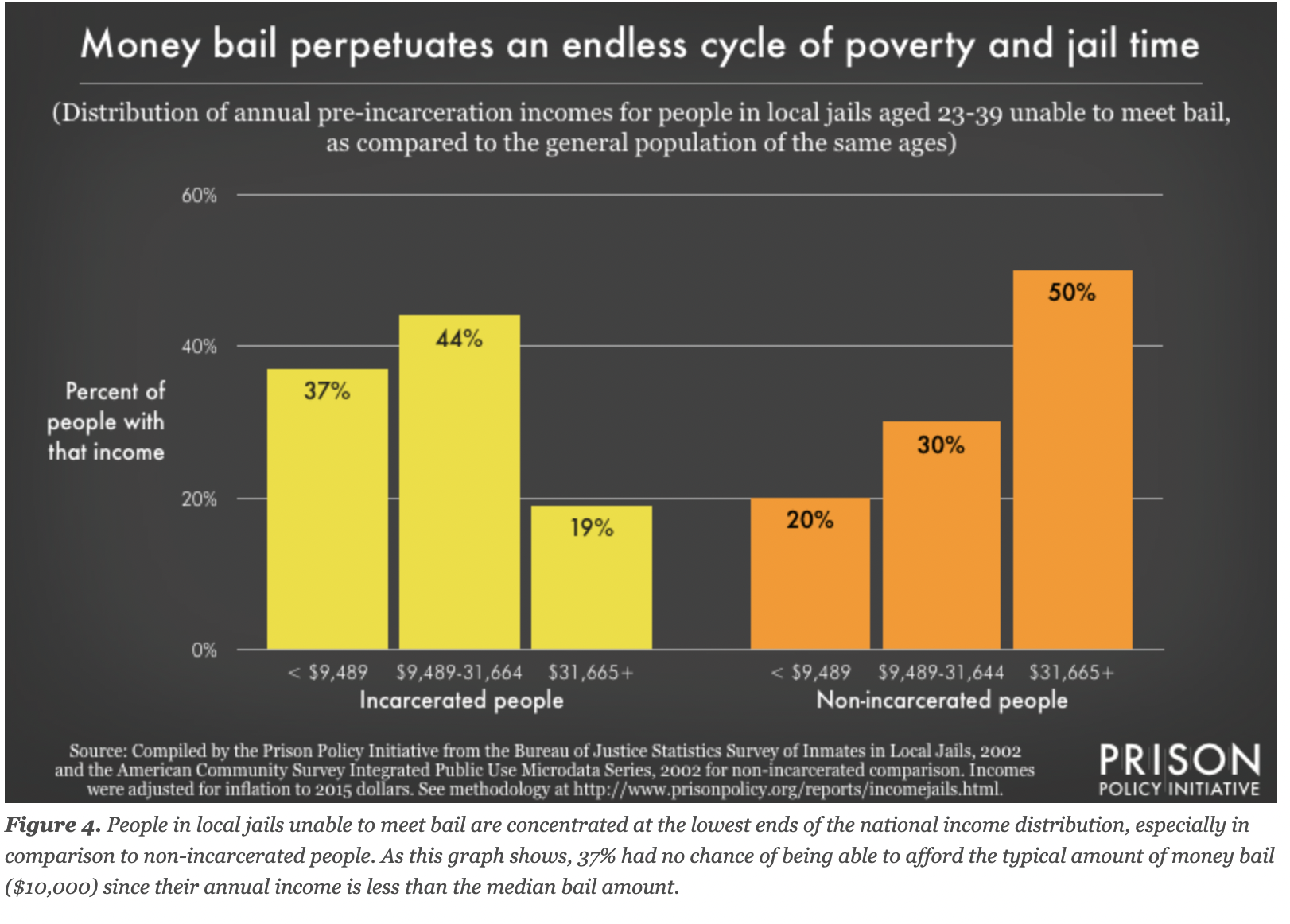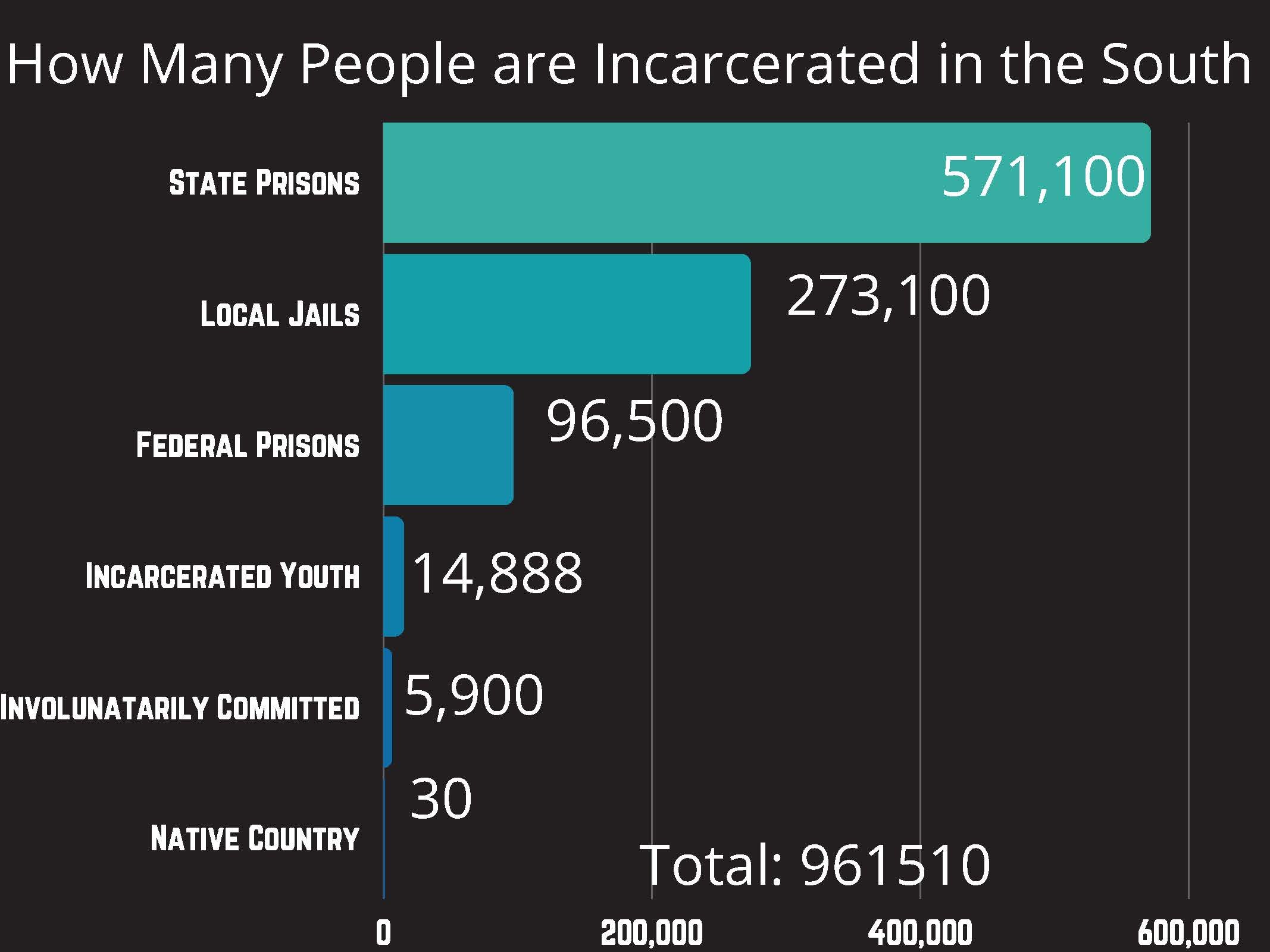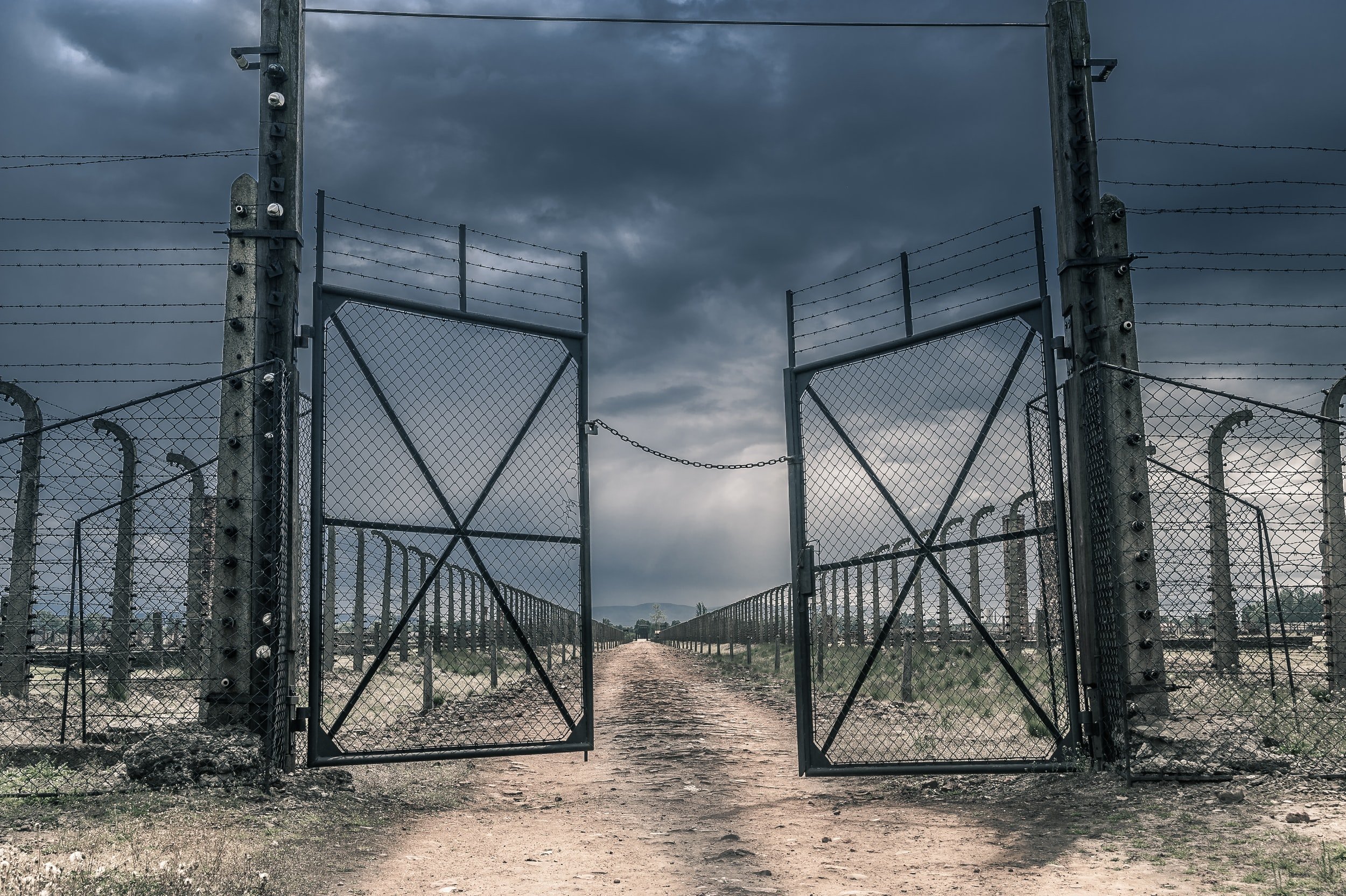
DATA
This portion of the site is to give one a better understanding of who is incarcerated and how the landscape of the Southeast impacts incarceration rates.
(( play for ambiance ))

SOUTHERN SURVEY
The prison industrial complex has a history rooted in slavery and classism. The researcher created a survey that received answers from 84 respondents from people all over the Southeast. The survey explores how one was raised and how that could impact an opinion around punitive action and prison abolition. The survey called for certain people to respond. People born in the South and spent formative years there or people who have lived there for many years and are integrated into the culture were called upon for the survey. Non-southern inhabitants all over the South, particularly those in gentrified areas such as New Orleans, Asheville, Nashville, Durham, Atlanta, and more, who’ve relocated only a few years, are not culturally Southern and asked to refrain from being a part of the survey.
Many of the respondents, nearly 40%, have lived in NC.
Does the South Need It's Own Specific Framework towards Aboliton?
Growing up what was your family's stance on punishment ?
Most respondents were taught to believe certain kinds of people deserve certain punishments.
If You're a Non Black Person When Did you Dismantle Anti-Blackness Within Yourself?
Most people who dismantle anti-Blackness, or continue to, start the journey in adulthood. College years, if these people attended a university, and the second highest amount of non-Black respondents never felt a need to dismantle anti-Blackness within themselves.
If You are Middle/Upper Class When Did You Dismantle Classism Within Yourself?
Most middle-upper class people who took this survey haven’t felt a need to dismantle classism within themselves. Many who did, began that journey in high school.
If you are a Cisgender + Heterosexual When Did You Dismantle Queerphobia in yourself?
Most people who dismantle queerphobia, or continue to, start the journey in adulthood. College years, if these people attended a university, and the second highest amount of straight cisgender respondents never felt a need to dismantle queerphobia within themselves.
Poverty
Virginia is the only Southern state to be on the list for lowest poverty rates by state in the US.
Church and State Statistics
(Pew Charitable Trusts, Religion in America)
(Pew Charitable Trusts, Religion in America)
Sources of Guidance on Right and Wrong Among Adults in the South
40% answered religion
(Pew Charitable Trusts, Religion Landscape)
39% of Southerners believe everything in the Bible should be taken literally.
(Pew Charitable Trusts, Religion Landscape)
46% of Southerners believe government aid to the low income population does more harm than good
47% of Southerners believe government aid to the low income populations does more good than harm
(Pew Charitable Trusts, Religion Landscape)
Diversity
According to Brookings research, the highest concentration of Black Americans remains in the South, which, as a region, houses 58% of the nation’s black population.
(Frey)
A group is highly represented if its share of the area population is larger than its share of the national population for Hispanics (18.3%), blacks (12.5%), and Asians, Native Hawaiians and Other Pacific Islanders (5.9%) and at least 4% for American Indians/Alaska Natives, or persons identifying as multiracial
*Non Hispanic members of group
**Two or more minority groups are highly represented or persons identified as multiracial are highly represented
(Frey)
(Keating and Karklis)
1 in 3 LGBT adults live in the South. (Movement Advancement Project)
PRISON STATISTICS
Mass Incarceration: The Whole Pie 2022
The U.S. doesn’t have one “criminal justice system;” instead, we have thousands of federal, state, local, and tribal systems. Together, these systems hold almost 2 million people in 1,566 state prisons, 102 federal prisons, 2,850 local jails, 1,510 juvenile correctional facilities, 186 immigration detention facilities, and 82 Indian country jails, as well as in military prisons, civil commitment centers, state psychiatric hospitals, and prisons in the U.S. territories
(Jones, Prison Policy)
(Jones)
The Sentencing Project compiles state-level criminal justice data from a variety of sources.
per 100k
The Southeast is not in the top 15 states with the highest racial disparities in their incarceration practices. (US Bureau of Statistics) Image: Sentencing Project
per 100k
The Southeast is, however, in the runner of the highest incarceration rates in the United States. While they may not incarcerate a much higher level of Black individuals than other races they incarcerate more of everyone. (US Bureau of Statistics) Image: Sentencing Project
(US Bureau of Statistics) Image: Sentencing Project
The median bail bond amount in this country represents eight months of income for the typical detained defendant. (Rabuy and Kopf)
(Sawyer)
49% of people who have been arrested more than once in the last year have an annual income of less than $10,000
In the report, A Pound of Flesh: The Criminalization of Private Debt the ACLU says, “One in three adults in this country has a debt that has been turned over to a private collection agency. Thousands of debtors are arrested and jailed each year because they owe money. Millions more are threatened with jail. The debts owed can be as small as a few dollars and can involve every kind of consumer debt, from medical bills to car payments to student loans. Arrests stemming from private debt are devastating communities across the country, and amount to a silent financial crisis that, due to longstanding racial and economic inequalities, is disproportionately affecting people of color and low-income communities.” (ACLU )
Data Source: Compiled by the Prison Policy Initiative from the Vera Institute of Justice's Incarceration Trends dataset using the female jail population and the total county population for women ages 15-64. (Sawyer)
This graph originally appeared in Rise in jail deaths is especially troubling as jail populations become more rural and more female.
Nearly 1 million people are incarcerated in the Southeast. Using the Prison Policy Initiative State by State Profiles this graph was created to represent the 13 states included in this project. (Soper).
Average Incarceration Rates in the Southeast
Number of Detainees by Type of Facility
Federal: 7,432
State: 43, 931
Local : 21,0008
Youth: 1, 144
*Texas has 4,300 youths imprisoned
*Florida has 2,900 youths incarcerated
*Texas and Florida have the highest incarceration rates in state prisons
Conclusion
This information showcases that Christian states, which may not keep church and state separate, have higher incarceration rates. This could be due to concepts of morality and potentially a lack of forgiveness towards “sinners” in the culture. There also seems to be a caste system throughout the U.S. regarding who is incarcerated based on poverty, race, and LGBTQ identity. The South has the highest poverty rates in the country. The South is also diverse and filled with many of these targeted identities. The Southern Survey gives the sense that apathy exists in the region. There are two camps of people: people willing to admit their privileges when they start thinking for themselves towards adulthood and people who don’t feel a need to. Not dismantling oppressive ideas usually mean someone believes they do not possess implicit bias towards certain groups. Living in a society engrossed with strict concepts of morality and the highest incarceration rates in the U.S. would make it unlikely for people not to have absorbed those views to some degree. The United States presently incarcerates about 2 million people, nearly half of whom are incarcerated in the Southeast. Most incarcerated people are non-violent drug offenders; accused people are held pre-trial because they cannot afford bail. Others have been arrested for failing to pay debts or fines for minor infractions. In conclusion, the United States, and particularly the Southeast, has far too many people incarcerated at disproportionate rates with unequal sentencing based on race, class status, sexual orientation, and gender identity.
